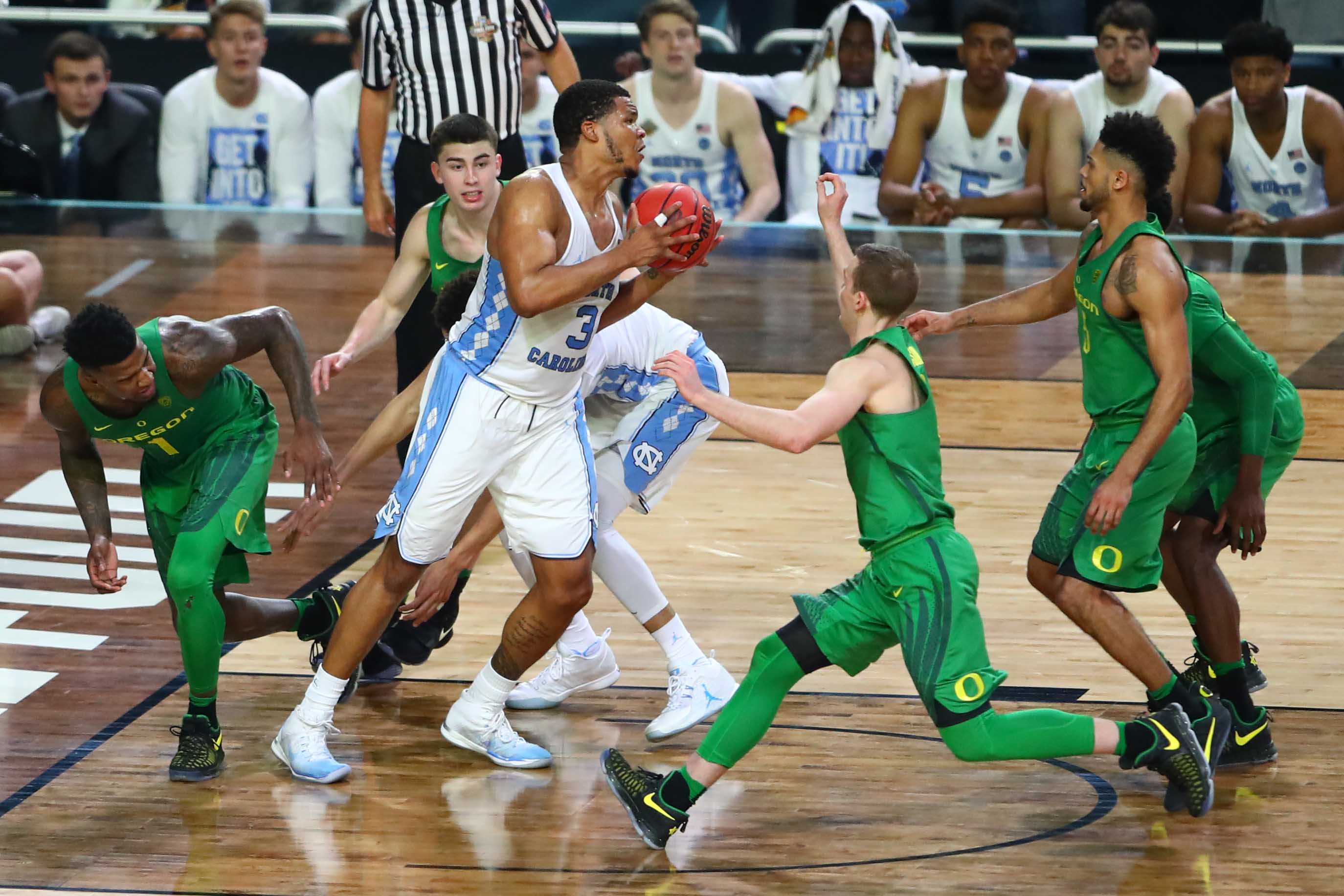A Bulldog is a pretty cut and dry mascot. It’s safe to say many dogs are friendly, man’s best friend, and have a great heart. In certain instances, Bulldogs can also be menacing…like say, on a basketball court.
But what on Earth, we wondered ahead of the NCAA championship game, is a North Carolina Tarheel?
To find out, we talked to one of their own, Harry L. Watson, a professor of Southern Culture from, you guessed it, University of North Carolina.
“There are a lot of stories out there,” Watson explained. But not all of them are necessarily true.
Even UNC’s website itself cites two possible stories. One of them explains that during the Revolutionary War, British troops apparently waded through a river in Eastern North Carolina and discovered “clever North Carolinians dumped [tar] into the river to slow down the invading army.”
Watson said that was a pretty unlikely story, though the word “tar heel” has definitely been around since then.
“For a long, long time, for most of the 18th and 19th centuries, one of the most important export products from Carolina was pine tar,” he explained. “You need a special kind of pine tree, the long leaf pine tree.” That tree had been available in, yep, North Carolina.
But the way to make pine tar was not glamorous. Watson said they would cut down the trees, stack them on the ground, cover it in dirt and light it on fire. The tar inside the trees would trickle down a trench dug into the ground and into a barrel. The people working on this particular enterprise would often, literally, be “tar heels.”
“People who worked around these places obviously got tar on their feet, so a tar heel was someone who worked in the tar and turpentine industry,” Watson said. “And it wasn’t a compliment…it was sort of like ‘redneck.’”
Another one of the UNC stories on their website claims during the Civil War, a group of North Carolina soldiers scolded their comrades for leaving the battlefield when things got tough.
“The soldiers threatened to stick tar on the heels of the retreating soldiers to help them stay in battle,” the UNC website reads. They wrote that Confederate General Robert E. Lee later commented “God bless the Tar Heel boys!”
The truth is a bit of a mystery, but Watson said his guess also stemmed from a similar Civil War story.
“After the war the Governor of North Carolina, Zebulon Vance, referenced ‘the tar heel boys’ in a speech,” he said. “It’s been popular ever since.”
He said the speech likely actually happened, but the wartime stories…
“I don’t know about the actual story, that sounds made up to me.”
Even UNC seems to be okay with not knowing the exact history.
“Whatever the reason for the moniker, our students and sports teams have long worn it with pride,” UNC writes on their website.
The UNC Tarheels play the Gonzaga Bulldogs on Monday night in the NCAA National Championship on KREM 2.


